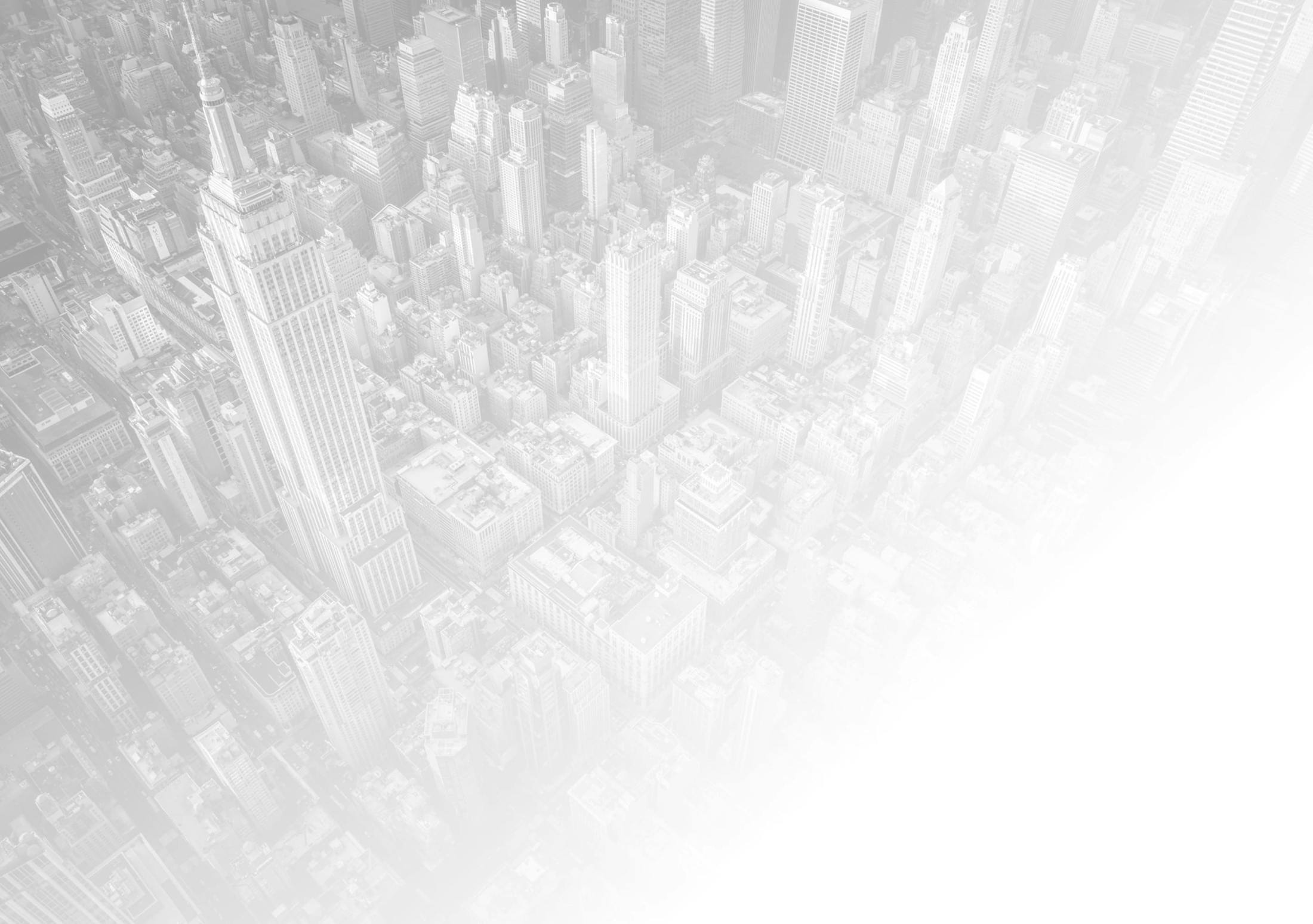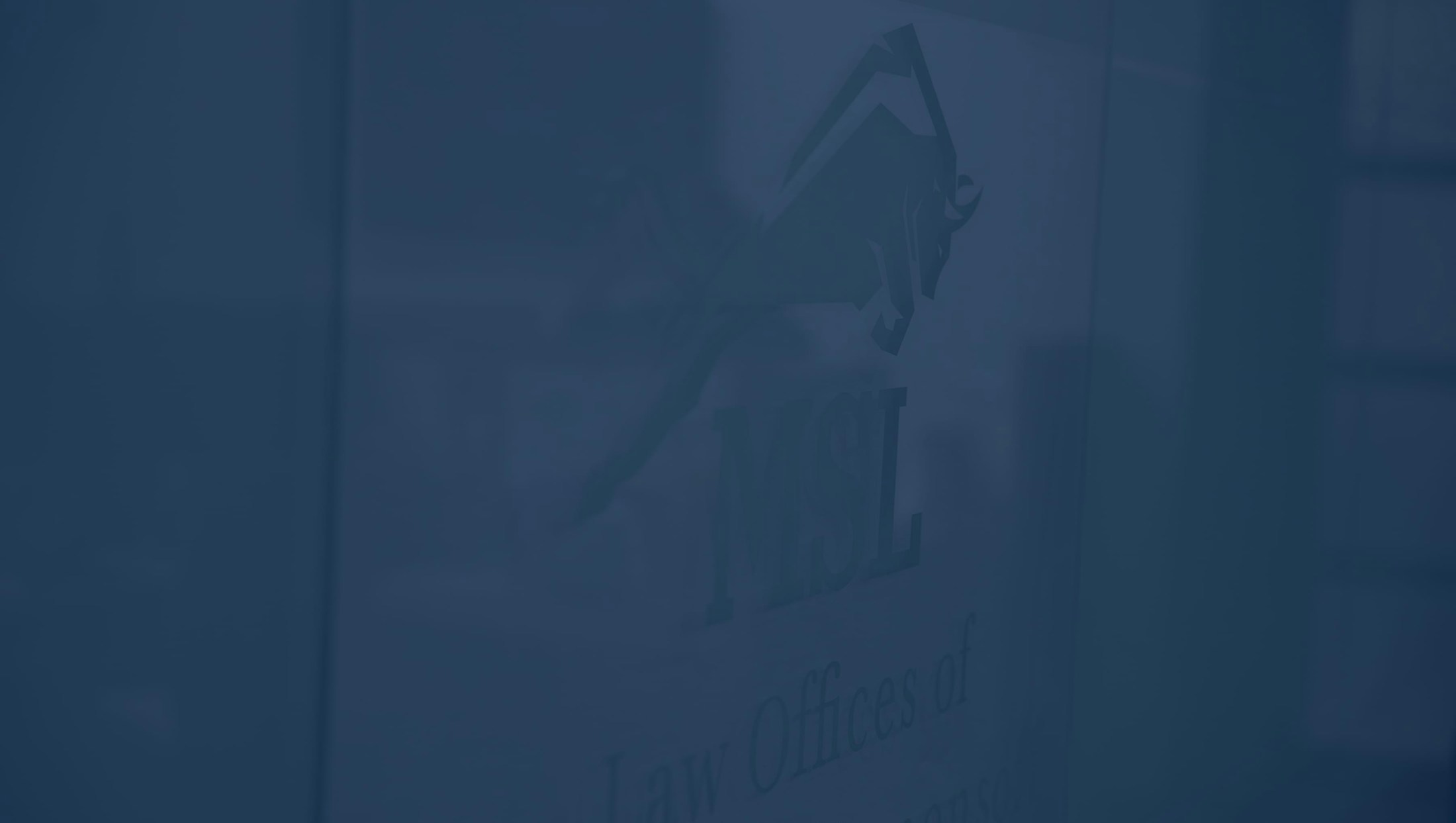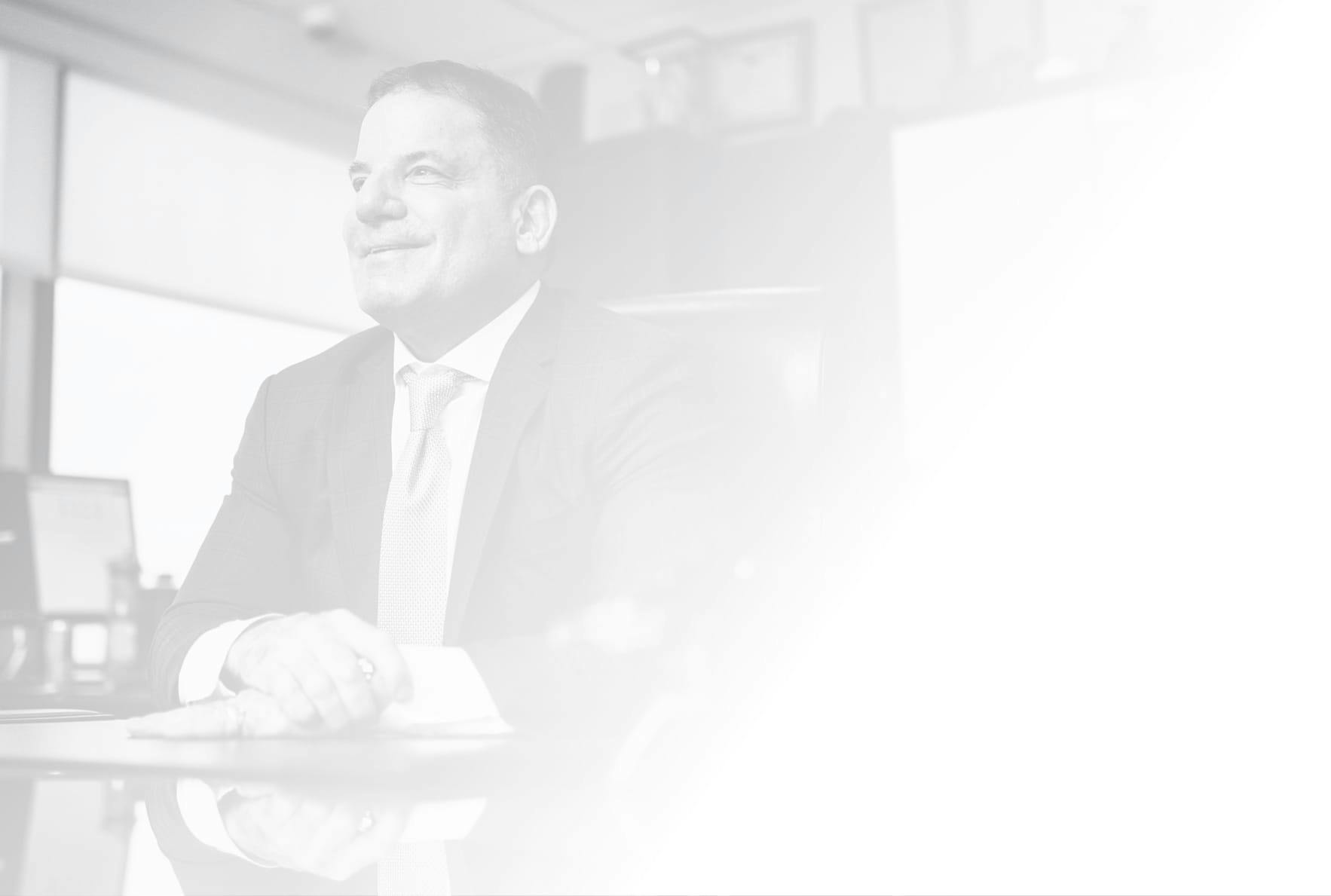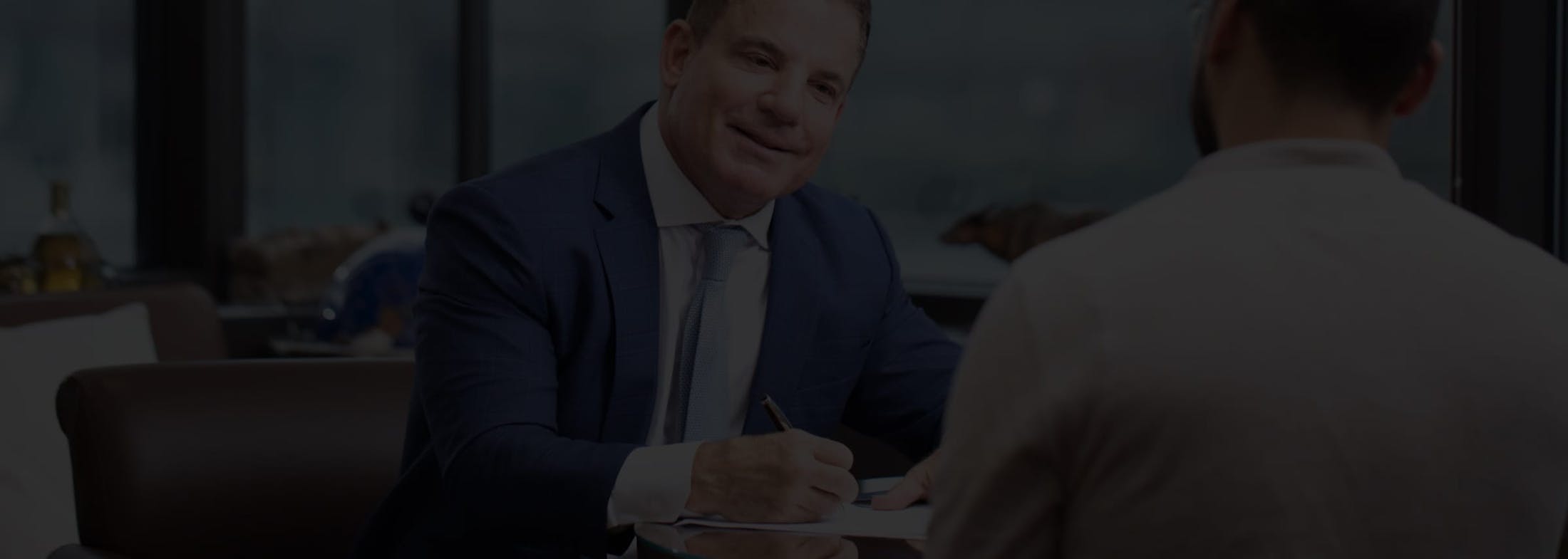Types of Evidence Our Steel Structure Collapse Attorneys in New York will Collect to Prove Liability of the Defendants
Proving liability in steel structure collapse cases requires a comprehensive collection of evidence to establish the negligence of the defendants:
- Construction Plans and Designs: We will examine the original construction plans and designs to assess whether they adhere to safety standards and regulations. Discrepancies or flaws in these documents can indicate design-related negligence.
- Engineering Reports: Our attorneys will obtain engineering reports detailing the structural integrity of the steel components. Any findings of design flaws, material defects, or construction errors will be crucial evidence in establishing liability.
- Building Permits and Inspection Records: We will scrutinize building permits and inspection records to determine if the construction project complied with all necessary regulations. Non-compliance or oversight can contribute to the defendants' negligence.
- Construction Contracts and Agreements: Examination of contracts between various parties involved in the construction project can reveal the allocation of responsibilities. Any breaches of contractual obligation can contribute to establishing liability.
- Material Testing Records: Our legal team will review records of material testing to assess the quality and suitability of the steel used in the structure. Evidence of substandard materials can be pivotal in proving liability.
- Maintenance and Repair Logs: If the collapse is attributed to a lack of maintenance or improper repairs, we will gather maintenance and repair logs to demonstrate negligence. Inadequate upkeep can lead to liability on the part of property owners or maintenance contractors.
- Worksite Safety Protocols: We will investigate whether the construction site adhered to proper safety protocols and whether workers were adequately trained and equipped. Violations of safety regulations can contribute to the defendants' liability.
- Surveillance Footage: If available, surveillance footage from the construction site can provide visual evidence of any negligent actions or safety violations. This can be particularly useful in establishing the sequence of events leading to the collapse.
- Expert Testimonies: Our legal team will consult with expert witnesses, such as structural engineers and construction safety specialists, to provide professional opinions on the cause of the collapse and the defendants' negligence.
- Eyewitness Statements: Gathering statements from eyewitnesses who observed the construction process, or the collapse can provide valuable firsthand accounts. Their testimonies can help establish the negligence of the defendants.
- Defendant Communication Records: If there is evidence of communication between parties involved in the construction project, such as emails or memos, we will review these records to identify any acknowledgments of negligence or safety concerns.
- Worker Testimonies: Statements from workers involved in the construction process can offer insights into potential safety violations, inadequate training, or other factors contributing to the collapse.






